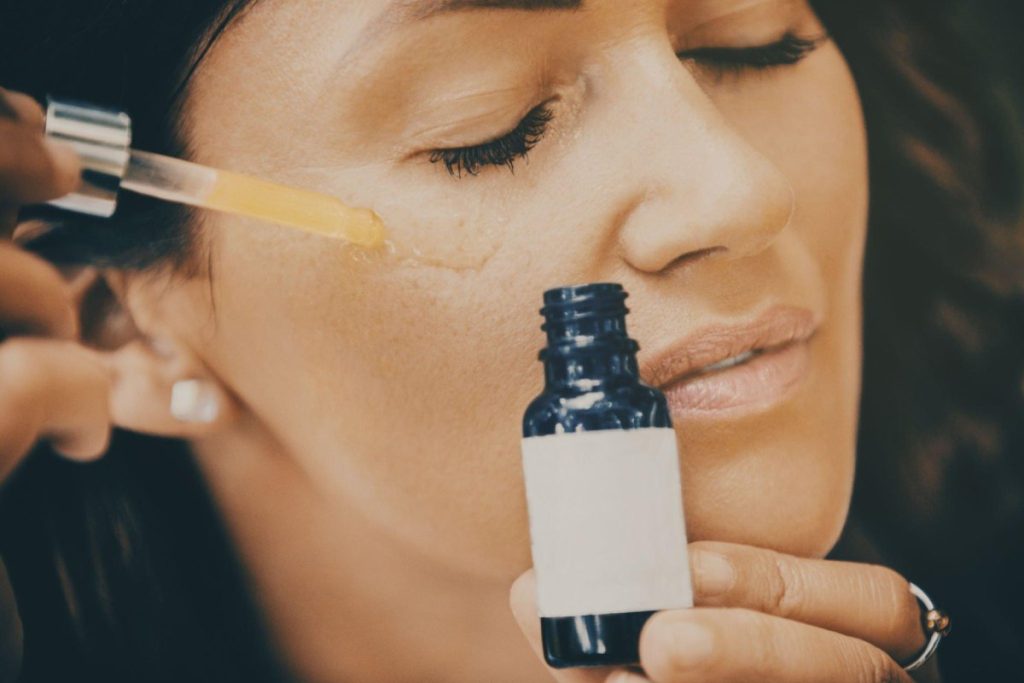Table of Contents
How to use hyaluronic acid the correct way
Moisturize After Applying Hyaluronic Acid, We include products that we think are useful to our readers. We may receive a little commission if you buy through links on this page. Here is our process.
Hyaluronic acid remains known for its aptitude to hydrate the Skin. But if you don’t remember using it correctly, you could have even drier Skin.
Here’s everything essential about adding hyaluronic acid to your daily skincare routine.
Beauty is personal, whether it’s a tried-and-true skincare regimen, how often you wash your hair, or the cosmetics you care around.
That’s why we trust a varied group of authors, educators, and other experts to share their advice on everything from how product requests vary to the best cloth mask for your individual needs.
We only recommend something we love, so if you see a store link to a specific product or brand, know that our team has thoroughly researched it.
Hyaluronic acid remains a large molecule shaped naturally by your body.
Hyaluronic acid is a large molecule produced obviously by your body.
“Nearly half of the body’s hyaluronic acid remains found in the skin,” says board-certified dermatologist Frayne Frey, MD.
But it can also originate at:
- skeletons
- cartilage
- sinews
- tendons
- lips
- It can “hold 1,000 times its heaviness in water. Explains beautifying chemist Vanessa Thomas, adding that it binds to water molecules to retain moisture in Skin & joints
Therefore, people turn to acid-containing skin care products for an extra boost.
What are you doing? Moisturize After Applying Hyaluronic Acid
“Hyaluronic acid is a shock absorber for our joints, nerves, and skin,” says Thomas.
But it is primarily known for its skin-related benefits.
“In skin care products, hyaluronic acid remains a humectant, a substance that helps the skin retain water,” says Frey. Moisturize After Applying Hyaluronic Acid
Frey adds that it “helps hydrate the outside coatings of the skin, thereby improving the appearance of the skin.” Hydrated Skin remains touted as more radiant and youthful looking.
But hyaluronic acid cannot permanently turn back the clock. Frey claims it is “the key to the fountain of youth” remaining “marketing hype”.
Science has, up till now, found a single ingredient. Molecule. Or a product that can opposite or slow the aging process,” explains Frey.
In addition to refining the look and texture of Skin (at any age), hyaluronic acid has other uses. For example, you can:
help with wound healing
help repair damaged Skin
act as an antioxidant to protect the skin from damaging molecules called free radicals
What are you doing?
“Hyaluronic acid utilizes a shock absorber for our joints, nerves, and skin,” says Thomas.
But it is primarily known for its skin-related benefits.
“In skin care products, hyaluronic acid remains a humectant, a substance that helps the skin retain water,” says Frey.
Frey adds that it “helps hydrate the outside layers of the skin, thereby improving the appearance of the skin.” Hydrated Skin remains touted as more radiant and youthful looking.
But hyaluronic acid cannot permanently turn back the clock. Frey says claims that it is “the key to the fountain of youth” are “marketing hype”.
“Science has up till now to find a single ingredient. The molecule, or creation that can opposite or slow the ageing process,” explains Frey.
In addition to refining the appearance and feel of Skin (at any age), hyaluronic acid has other uses. For example, you can:
- help with wound healing
- help repair damaged Skin
- act as an antioxidant to protect the Skin from damaging molecules called free radicals
Conclusion
The way you want to use hyaluronic acid in a skincare routine is to start by cleansing your face with a nice simple cleanser. And then, with slightly damp skin or even slightly wet skin, apply the hyaluronic acid serum to your face followed by a moisturizer and sunscreen (during the day).
Also read: How To Prepare A Facial Cleanser For All Skin Types?
